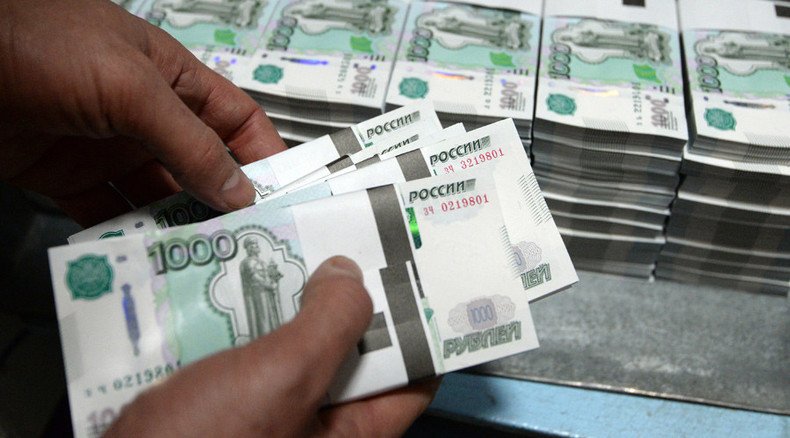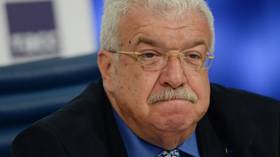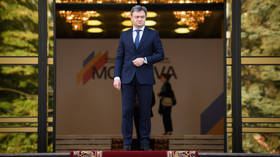Cheaper ruble & oil make Russia more competitive than US and China – Boston Consulting

Russia has overtaken the US and China in terms of competitiveness, says a report by Boston Consulting Group (BCG) obtained by Russian media. The main reasons are a weak ruble and a drop in world energy prices.
BCG has evaluated the competitiveness of 25 economies, which account for almost 90 percent of world exports of manufactured goods, based on the index of production costs. The lower it is, the lower the cost of goods and services and the higher is competitiveness compared to the biggest economy in the world, the United States, RBC explains.
The index consists of four components: wages, productivity rates, energy prices and exchange rates.
READ MORE: Oil, ruble drop as Iran nuclear deal reached
According to the document, in 2014-2015 the competitiveness of Russia in production costs increased by nine percentage points. The index of production costs fell to 90 points, down nine percentage points. The US rating is considered as 100.
As for China, its manufacturing costs index is 97 points, rising by one point from last year’s index of 96.
Russia is fourth on the list, Indonesia tops it with 83 percentage points, India and Thailand are runners-up. According to BCG, in 2004-2014 Russia's competitiveness was falling almost level with US production costs.
For 10 years, since 2004, US competitiveness was continuously grown in relation to all the other countries with the exception of Mexico, but began to decline in 2015 as the dollar strengthened.
READ MORE: Russia overtakes China as most attractive BRICS country for investment - Bloomberg
Since the beginning of the second half of 2014 until the end of the first half of 2015, the euro against the US dollar fell by 18 percent. That resulted in the majority of European exporters improving their positions by up to 12 percentage points. For example, the Canadian dollar dropped by 13.9 percent led to a fall of the Canadian index from 115 to 106.
So, it’s hardly a surprise that with the Russian ruble losing more than 30 percent against the US dollar and crude prices declining 45 percent in a year the Russian rating grew.
This is a temporary phenomenon, says Justin Rose, Partner and Managing Director at BCG. “The fundamental trends that made the US competitiveness in terms of the levels of production costs grow continuously over the last decade, have not changed,” he told Russian media RBC. “Manufacturers understand that the national currencies that significantly depreciated against the dollar, can quickly win back their positions,” he added.











